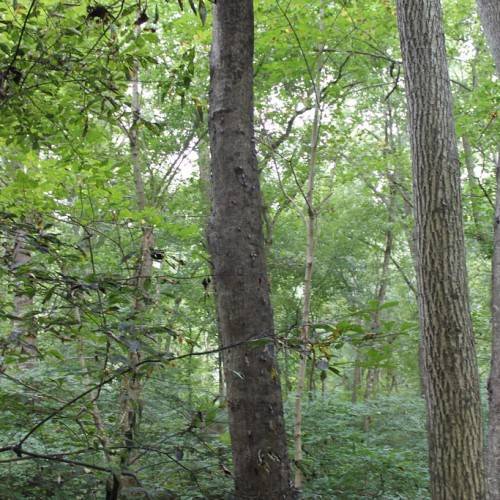
Chinese elm
Ulmus parvifolia 'Emer II' ALLEE
Cycle:
Perennial
Watering:
Average
Hardiness Zone:
4 - 9
Flowers:
Flowers In Autumn
Sun:
Full sun
Leaf:
Yes
Growth Rate:
Low
Maintenance:
Low
Drought Tolerant:
Yes
Salt Tolerant:
Yes
Care Level:
Moderate
watering
Chinese elm Allee can tolerate some drought but prefers regular watering. Water this plant at least once a week, preferably twice. Make sure to water the soil until it's evenly moist. Water deeply so that the soil is moist to a depth of 6-8 inches. During hot summer days, when the soil is dry, an extra watering may be needed. Avoid overwatering, as that can lead to root rot.
sunlight
The Chinese elm (Ulmus parvifolia 'Emer II ALLEE') is native to East Asia and will thrive in full to partial sun. It prefers a sunny location in the garden with at least 4-5 hours of direct sunlight each day. For optimal growth, it should be planted in a bright, sunny spot and receive full morning sun throughout the summer months. In the winter months, it should receive some afternoon shade in order to prevent leaf burn.
pruning
Chinese elm (Ulmus parvifolia 'Emer II' ALLEE) should be pruned twice a year, in the early spring and early summer. When pruning Chinese elm, take off only a third of the lower branches, and only lightly shape upper branches. This will ensure the tree maintains its natural shape and density. Minor pruning can be done throughout the year; however, beware of pruning too much as Chinese elm are susceptible to dieback, which is caused by excessive pruning.
